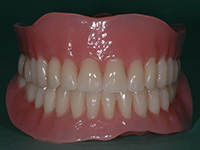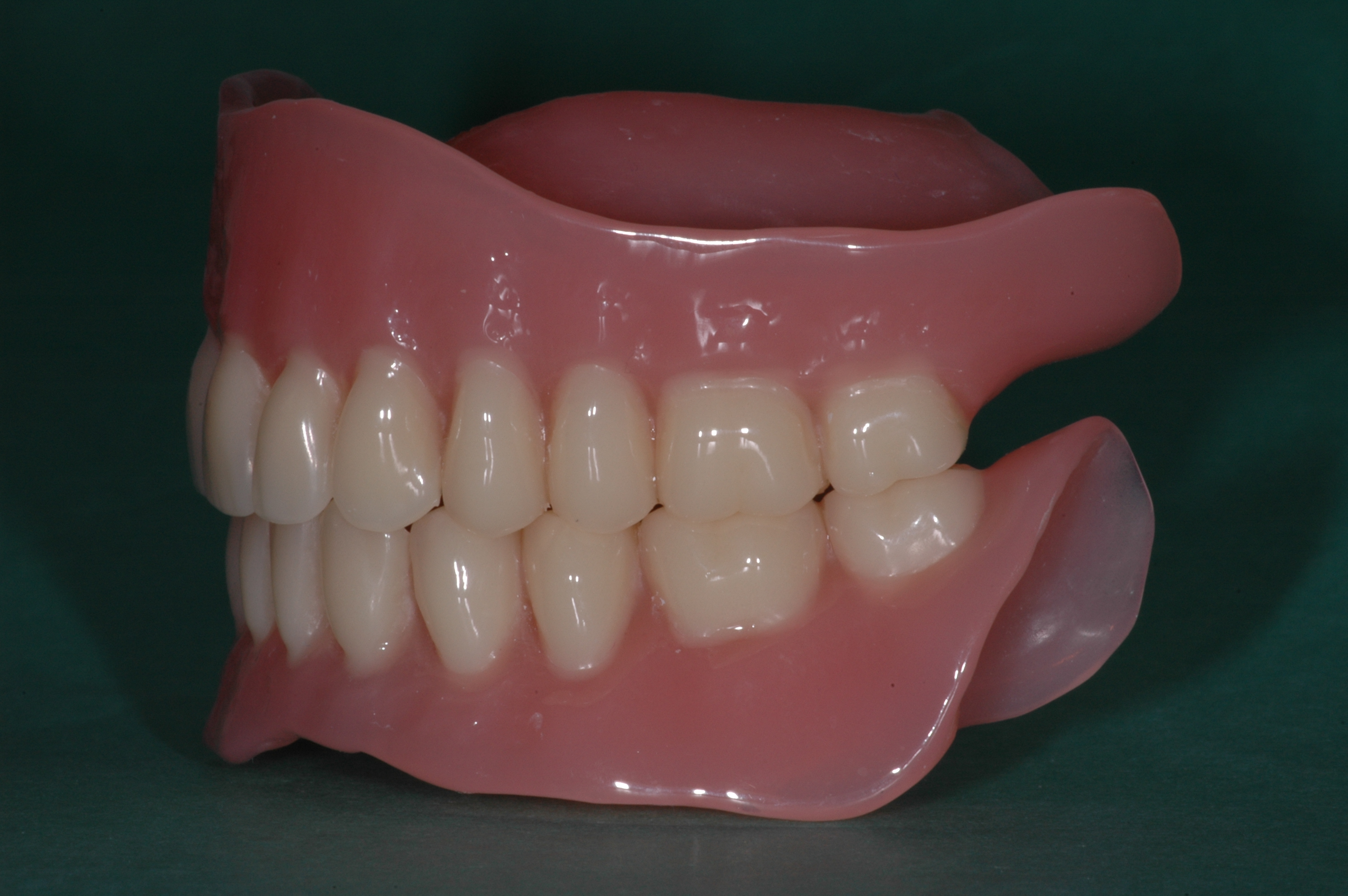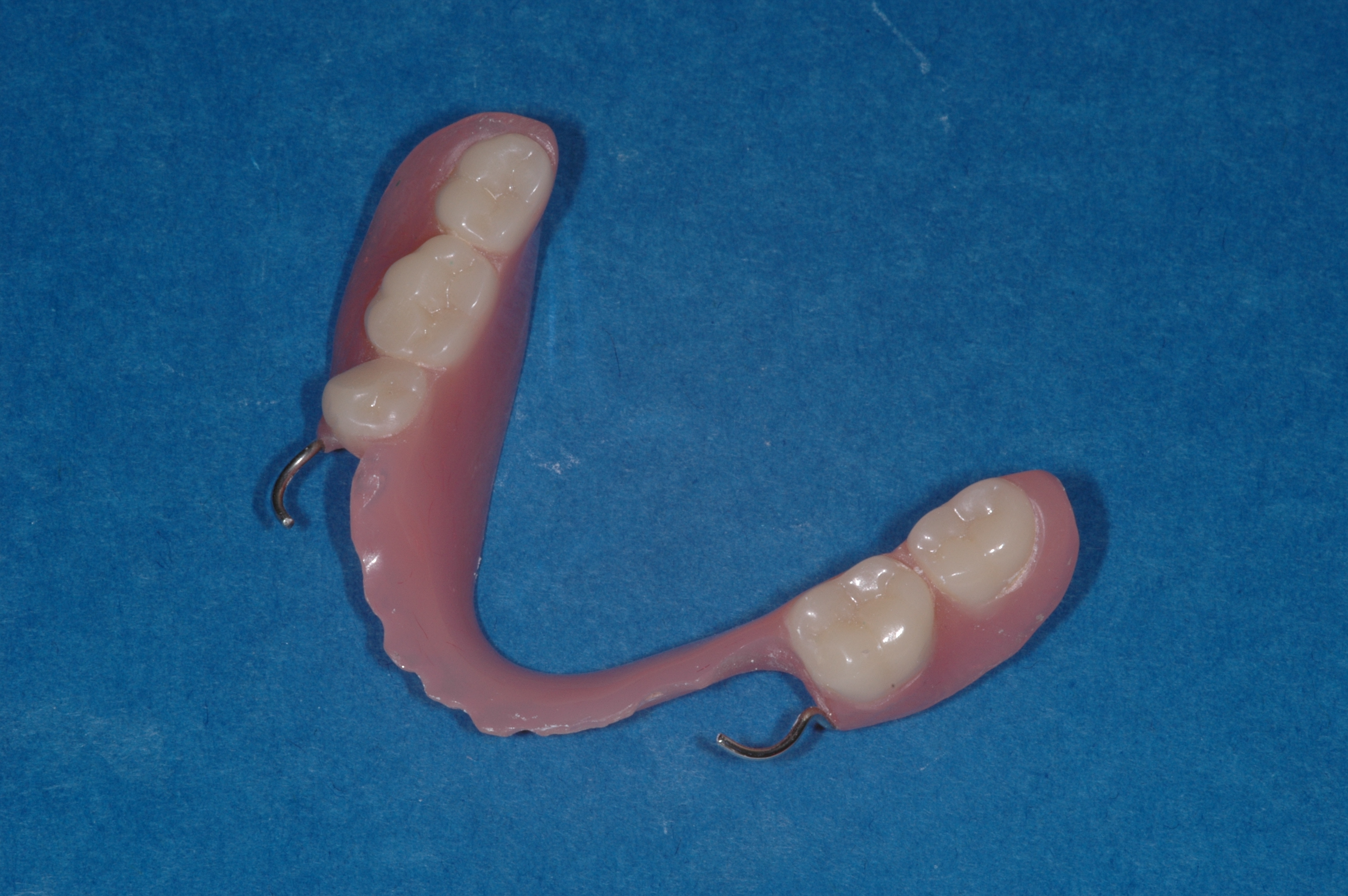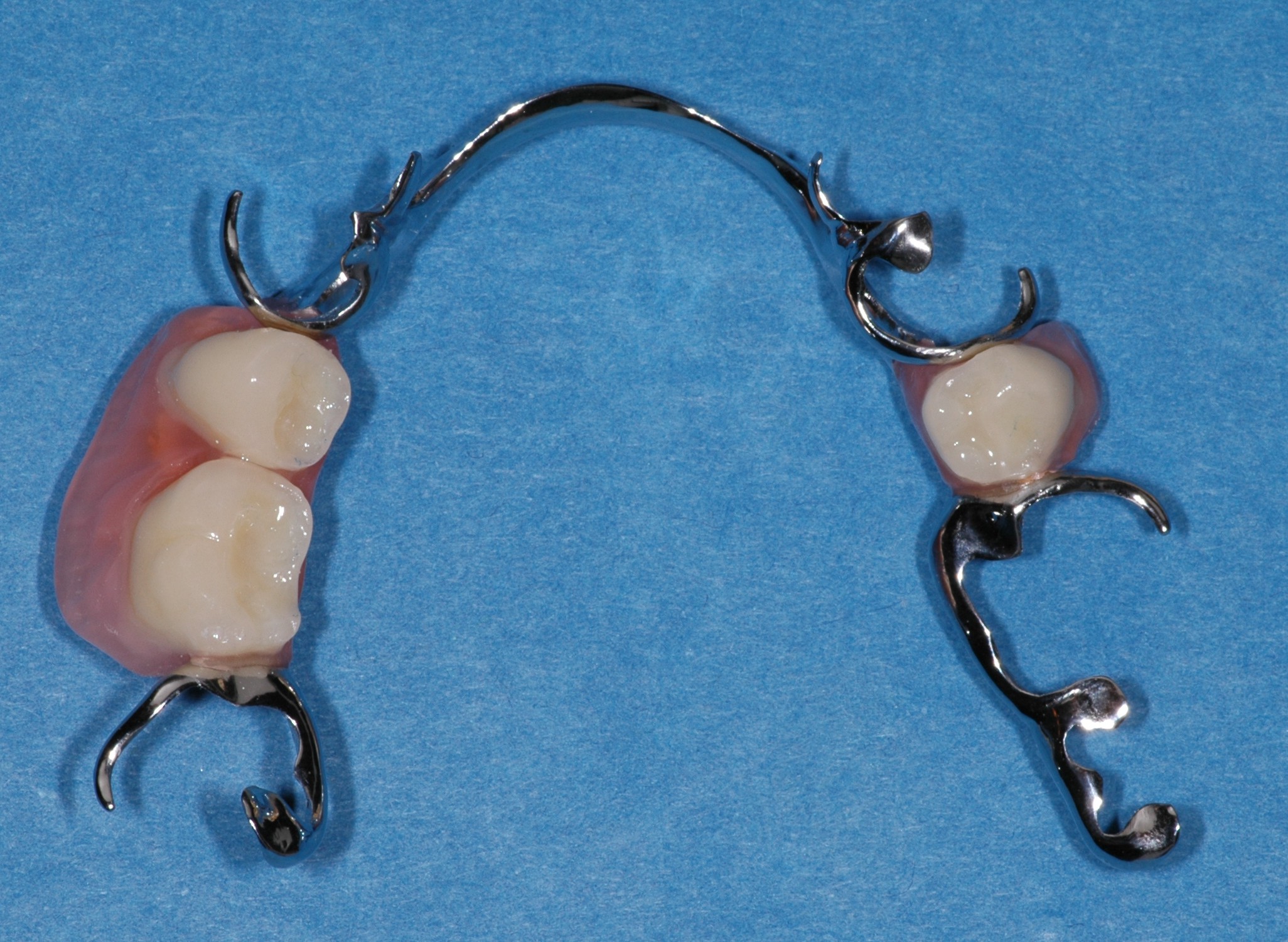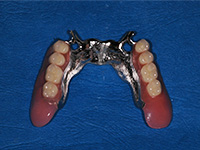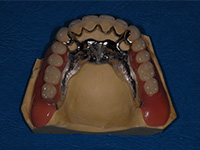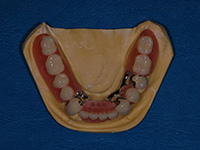A dental prosthesis replaces missing teeth or teeth that must be removed because they are so decayed that they are impossible to restore. A differentiation can be made between the fixed, unremovable prosthesis and the removable prosthesis, which the patient needs to take out twice a day to clean. Both types of prothesis can be held in place either by one tooth, the remaining teeth or one or more dental implants. Each mouth is unique, therefore there is no standardised treatment and treatment must be dealt with on a case by case basis. Oral rehabilitation is individualised and personal. Therefore, for patients who need to replace lost teeth, we implement an oral rehabilitation treatment plan in collaboration with the practitioner and the patient, through a coordinated diagnosis approach.
Each case involves a clinical examination, taking x-rays and preparing dental impressions to create plaster casts. Several sessions may sometimes be needed to discuss and refine the objectives of the treatment in order to best accommodate the patient’s concerns and needs. Once the prosthetic needs are defined, a fee estimate is provided.
« A dental prosthesis is not an end in itself but a lesser evil » - a prosthetics professor used to say. Even if a fixed prosthesis is more comfortable to wear then a removable prothesis, and very often goes unnoticed when it is well-integrated in the mouth, it is still, however, a prosthesis and will never have the same level of comfort as your natural teeth. That is why preventative care is essential and everything needs to be done to preserve and keep your teeth for life!
After preparing the neighbouring teeth of the tooth or teeth which are missing, a bridge can be placed. The prepared neighbouring teeth are used as abutments for the bridge, the missing tooth or teeth are attached to these abutment crowns. The bridge is cemented onto the abutment teeth and cannot be removed. It restores the comfortable feeling of fixed teeth. It is however necessary to bur at least two teeth to support a bridge.
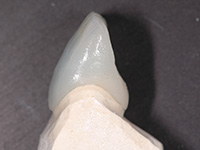

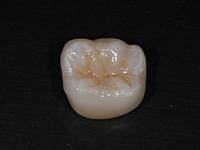
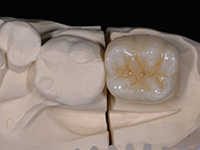
After preparing the neighbouring teeth of the tooth or teeth which are missing, a bridge can be placed. The prepared neighbouring teeth are used as abutments for the bridge, the missing tooth or teeth are attached to these abutment crowns. The bridge is cemented onto the abutment teeth and cannot be removed. It restores the comfortable feeling of fixed teeth. It is however necessary to bur at least two teeth to support a bridge.
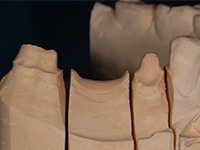
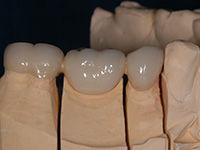

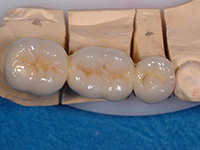
A substantial decay, however partial, of a tooth allows maintaining strong teeth walls. Preparing the tooth for a crown would be too damaging. A piece of ceramic restoring the missing part of a tooth can be produced in our laboratory and will be tightly cemented inside the tooth.
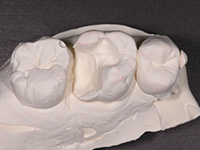
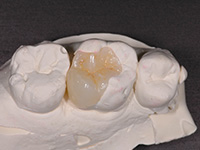
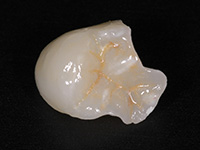
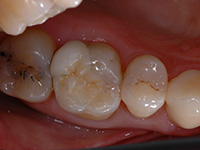
This type of bridge limits the need for preparation on the internal side of the teeth and allows affixing an invisible metal or ceramic ‘wing’ to carry the replacement tooth.
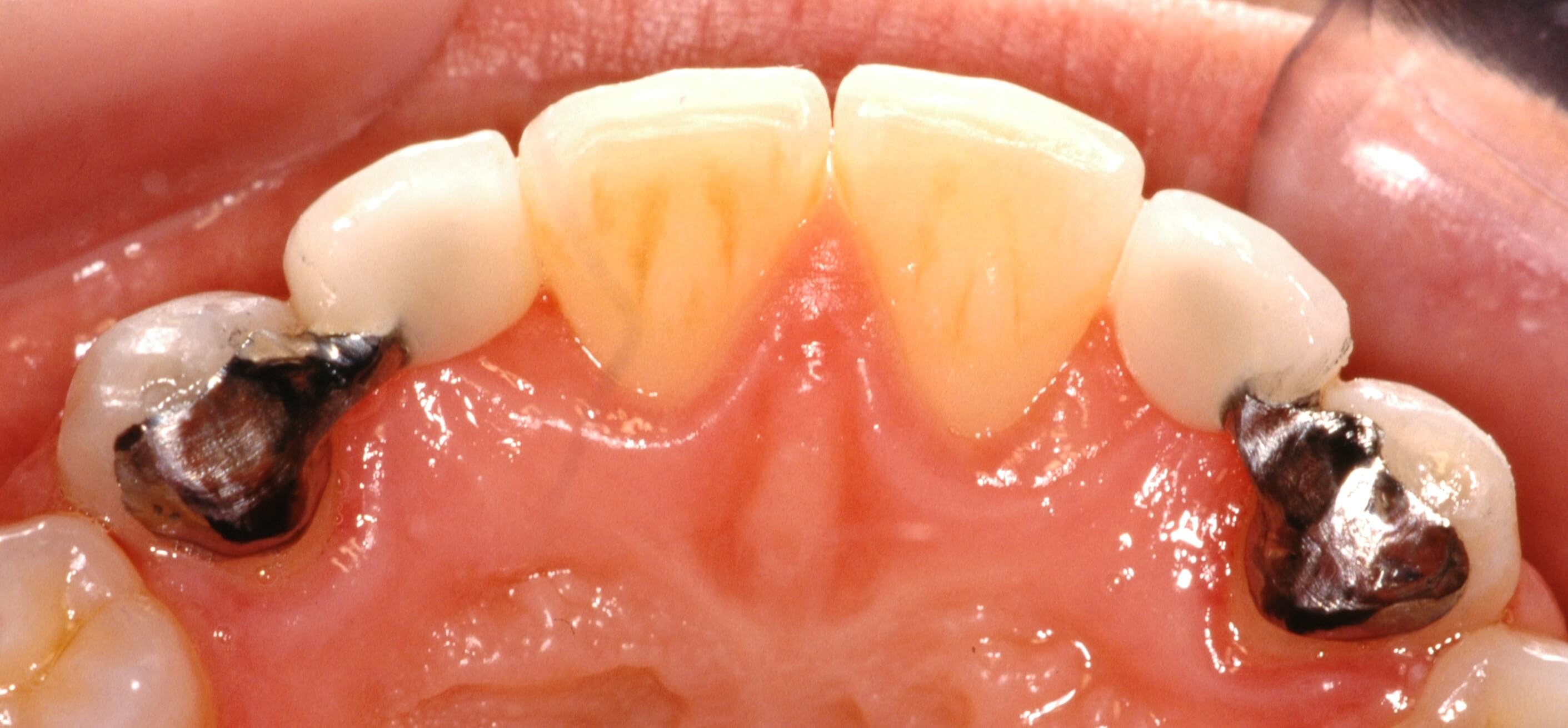
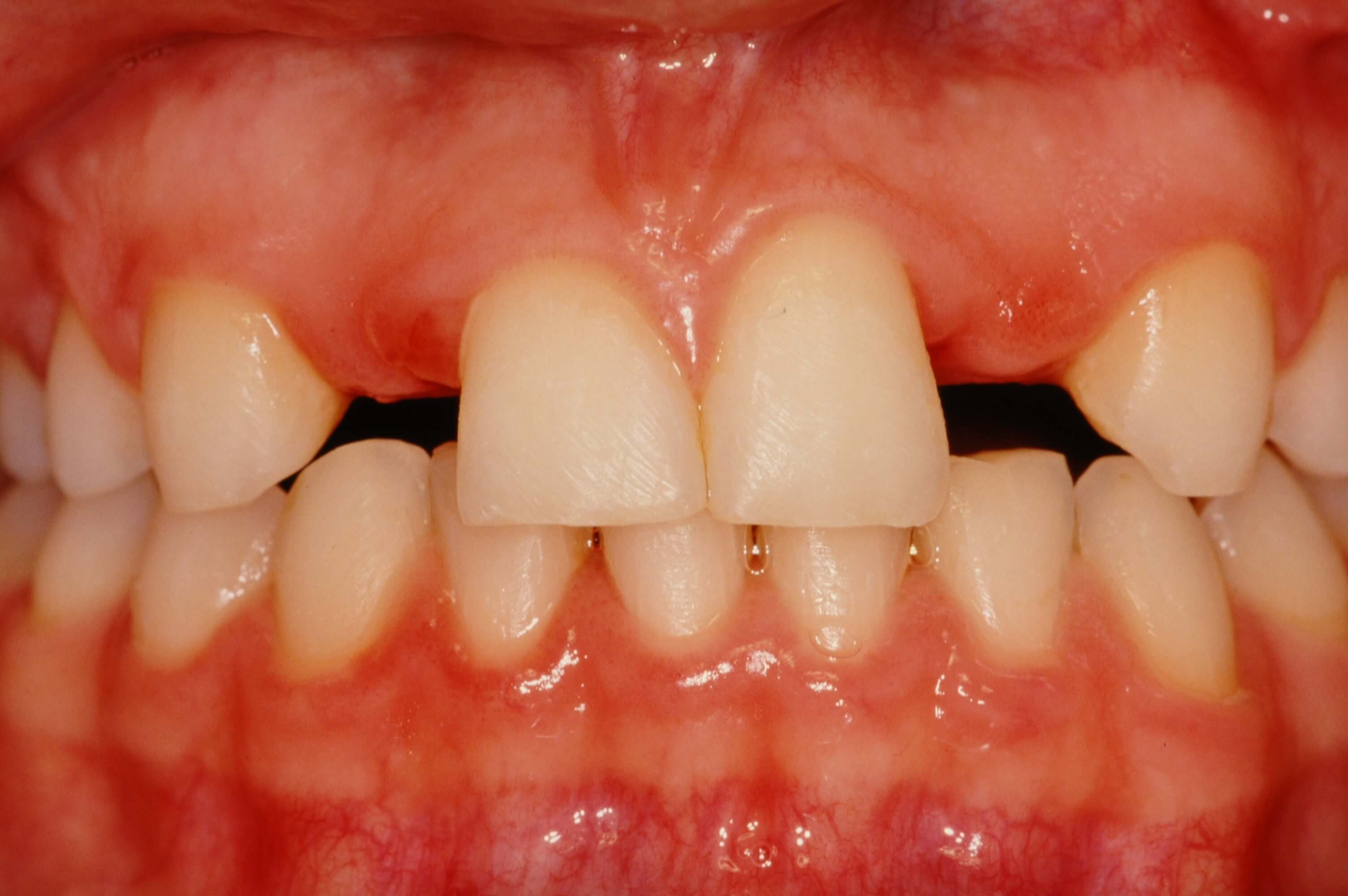
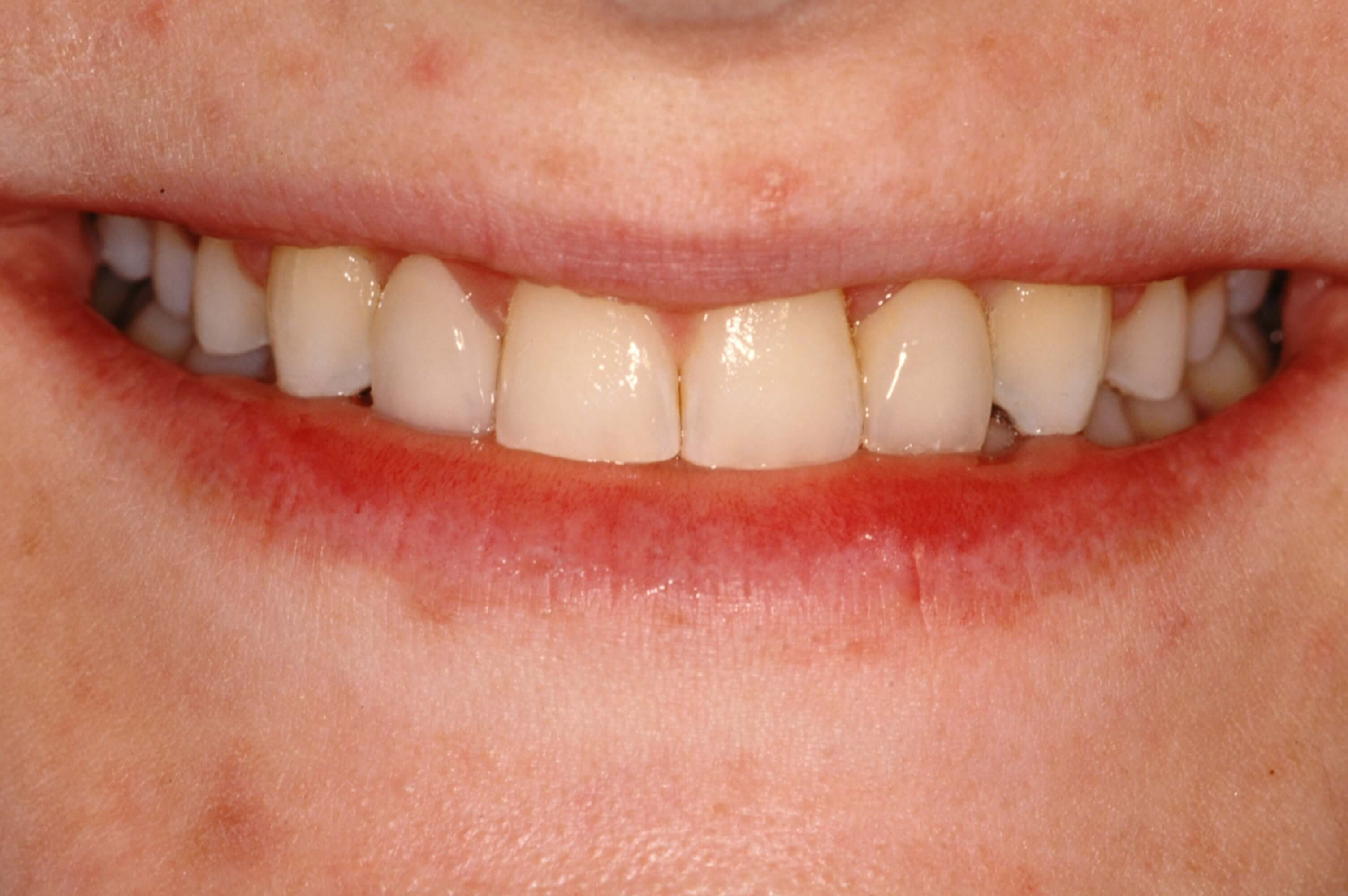
A removable prosthesis replaces missing teeth and parts of the lost supporting tissue. Without any retention element, theses prostheses are very unstable. Most of the time an adhesive cream is placed to stabilise them. In order to stabilise them, it is sometimes possible to save some teeth and to crown them to place clasps. Another solution is to place an attachment system on dental implants.

